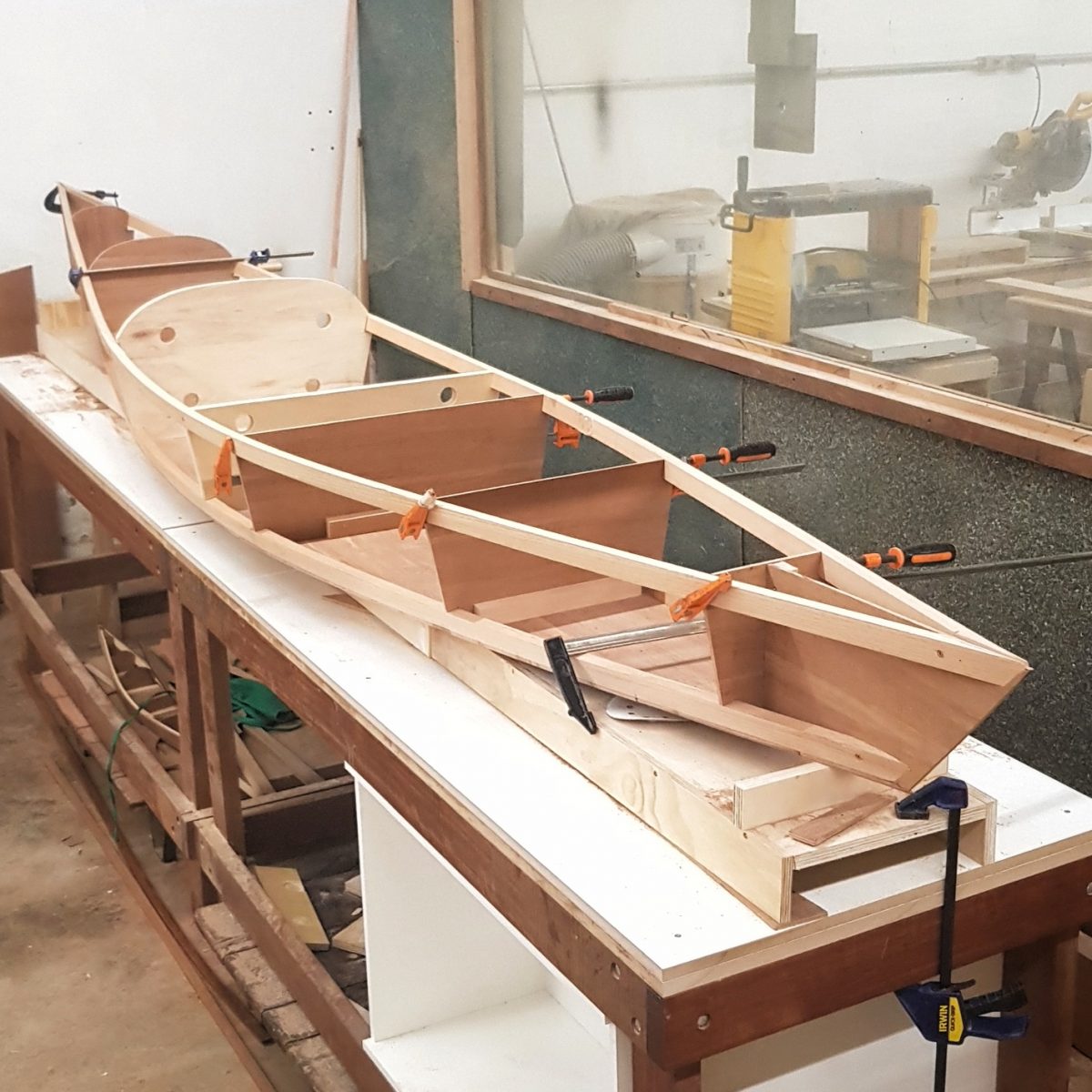Beyond the Blueprint: Unveiling Hidden Secrets of Stable and High-Performing Drift Boat Plans
Building a drift boat isn't just about following plans; it's about understanding the subtle forces at play and optimizing design for unparalleled stability and performance. While countless plans exist, few delve into the nuanced aspects that truly separate a good boat from a great one. This article will explore those often-overlooked details, using a question-and-answer format to dissect the key elements of drift boat design.
The Unsung Heroes of Drift Boat Stability: Beyond the Obvious
Q: Everyone talks about hull shape. What often-missed factors drastically impact stability?
A: While hull shape (especially rocker and deadrise) is crucial, the real magic lies in the interaction between the hull and the internal structure. Many plans neglect to detail robust internal framing, especially in areas crucial for resisting torsional forces (twisting). Think of a well-built drift boat as a sophisticated chassis, not just a hollow shell. Insufficient internal bracing leads to flexing and unwanted movement, impacting both stability and longevity. Consider using advanced CAD software to simulate stress points before construction. This allows for precise reinforcement in areas prone to stress, particularly around the oarlocks and the transom.
Q: How can I improve initial stability (especially important for novices)?
A: Initial stability, the boat's resistance to tipping when stationary, is often overlooked in favor of dynamic stability (stability while moving). A slightly wider beam (within reason, to avoid excessive drag) significantly improves initial stability, particularly beneficial for beginners or when fishing in rougher water. Additionally, a thoughtfully designed center of gravity is crucial. Consider using lighter materials for certain components, such as foam core in the seats, to lower the CG. The position of heavy items, such as the motor (if applicable) also play a crucial role. Detailed weight distribution analysis, often neglected in standard plans, can dramatically improve initial stability.
Optimizing Performance: Beyond the Standard Hull Design
Q: How can I design for superior tracking and maneuverability?
A: Most plans focus solely on the hull shape. But what about the interaction between the hull and the water? The keel design is often the key. A slightly deeper and longer keel improves tracking, resisting sideways drift in currents. However, an overly deep keel can compromise maneuverability. The key is finding the sweet spot through experimentation or computational fluid dynamics (CFD) modeling. CFD simulation, though beyond the scope of basic hobbyists, can provide invaluable insights into the hydrodynamic behavior of your design, optimizing for both speed and maneuverability.
Q: My last drift boat was a bit of a pig to row. What can I do differently?
A: Rowing efficiency is often neglected in favor of looks. Consider these often-overlooked aspects:
- Oarlock placement: Precise positioning maximizes leverage and reduces wasted effort. Experimentation or employing rowing dynamics software can optimize placement for minimal strain.
- Hull shape in the stern: A slightly narrower stern can reduce drag and improve rowing efficiency, allowing for smoother operation even in challenging currents.
- Material selection: Lighter materials, while potentially more expensive, significantly reduce the effort required for rowing, improving both performance and endurance.
Real-World Example: The "Resilient River Runner"
A local boat builder, inspired by these principles, recently constructed a drift boat he calls the "Resilient River Runner". By incorporating advanced CAD modeling to optimize internal bracing and a refined keel design based on CFD analysis, he achieved exceptional stability, maneuverability, and rowing efficiency. His boat consistently outperforms others in rigorous river conditions, demonstrating the practical application of these often-overlooked principles.
Building a drift boat is a journey of understanding, not just following instructions. By carefully considering the often-neglected aspects of designâ€"internal structure, center of gravity, refined keel design, and optimized rowing mechanicsâ€"you can elevate your project from a functional vessel to a high-performance masterpiece.















